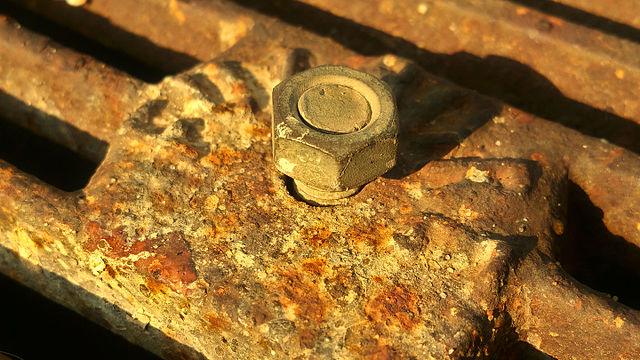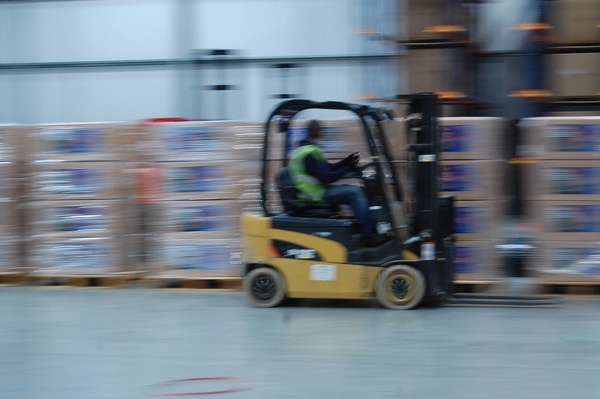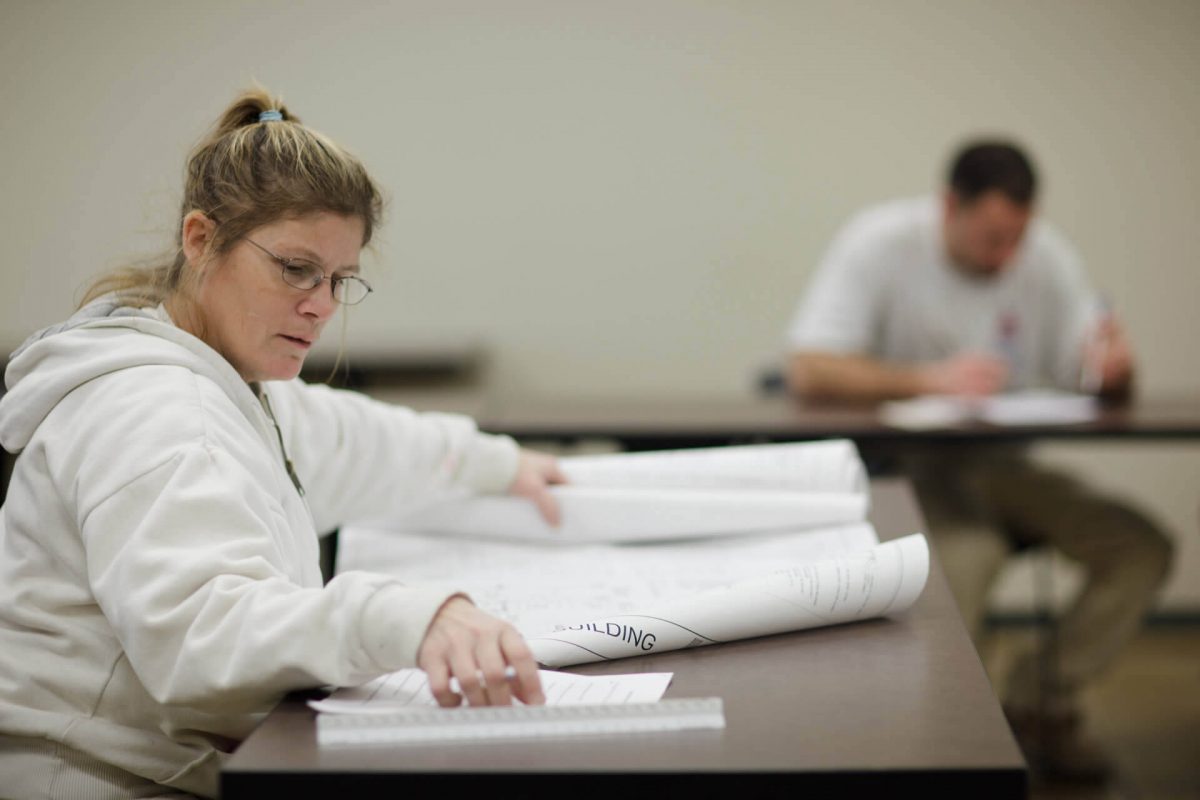THE HIGH COST OF CORROSION
November 11, 2021

Research from the Association for Materials Protection and Performance (AMPP – formerly NACE International and SSPC) shows that the cost of corrosion can reach $2.5 trillion or higher globally every year – equivalent to 3.4% of global GDP. In the United States alone, the annual cost of corrosion is estimated at more than $450 billion. A large portion of this cost is borne both directly and indirectly by communities.
In communities across Illinois, corrosion has weakened municipal infrastructure systems, impeding community growth and economic development and reducing municipal capacity and prosperity. Crumbling roadways, bridges, and water systems drain resources, increase operational costs, and rob opportunity by discouraging business growth.
Sadly, the economic cost of corrosion is only part of the story. The cost of corrosion in terms of public safety and ecological health is even higher. When corroded structures fail – when bridges collapse, barriers give way, pipes burst, or storage tanks rupture – the results can be both deadly and disastrous for the environment.
But the staggering costs of corrosion need not be an inescapable fact. By using available and effective corrosion control practices, AMPP estimates that savings of between 15% and 35% of the cost of corrosion could be realized – equivalent to between $375 and $875 billion annually on a global scale. More importantly, lives could be saved, and the environment protected.
Proper and effective corrosion prevention and mitigation is highly specialized work that should be performed by trained and certified industrial coatings contractors. Equipment and facilities can last 5-10 times longer when industrial coatings are applied properly by a trained, skilled workforce.
By demanding that industry-leading corrosion control systems and practices be a part of every maintenance and new build infrastructure project, communities, facilities operators, and other stakeholders can reduce long-term costs, increase climate resilience, drive economic development, and protect public safety and the environment.
To learn more about how to stop corrosion before it starts and why protective coatings fail, visit the Corrosion Illinois Network at www.corrosionillinois.com.
Market insights you can use, delivered in a single bite.

Industrial Market
Driven by the logistics sector (comprised of both warehousing and distribution) – and the nation’s seemingly insatiable hunger for consumer goods – the industrial market is on a roll. And it looks like the high times for the industry are here to stay for a while.
Records continue to fall, with the market posting historic or near-historic highs in construction, occupancy, absorption, and asset sales. In the Chicago region, market data firm CoStar reports that 24.6 million square feet of industrial space is currently under construction, much of it destined for logistics uses. Twenty-two million square feet have been delivered over the last 12 months. Yet demand is still outstripping supply, with 28.4 million square feet absorbed during that time, driving the regional vacancy rate down to just 5.6 percent.
Not surprisingly, rents have responded to the intense demand, growing 6.3 percent over the last year, compared to a historic average of just 2.3 percent.
CoStar’s list of top leases signed over the last 12 months tells us something about who we became in the pandemic: Harbor Freight Tools, Clorox Company, Scotts Miracle-Gro, Wayfair, and Walmart all signed deals for million-plus square foot spaces.
Most analysts agree that the heightened market conditions will persist at least through 2022, particularly as the pandemic continues to abate and consumers gain confidence in spending down a portion of their savings – which for many fattened during lockdown conditions.
For Chicago – and Illinois more broadly – the future of the industrial market looks particularly bright as the region will continue to benefit from unmatched transportation connections (particularly rail), a large and ready workforce, and – something that many companies (particularly manufacturers) are increasingly concerned about – an unequaled supply of fresh water.

In December of 2019, the three International Union of Painters and Allied Trades (IUPAT)-affiliated District Councils with primary jurisdiction in Illinois and their allied Contractors Associations agreed to form a new labor-management alliance to help communities across the state achieve their community and economic development goals. That alliance, which became the TCDF, will celebrate a milestone next month as it reaches two years of operations.
From the start, the TCDF’s work embodied the belief that everyone has a right to economic opportunity and that communities benefit when more individuals have the means to fully participate in their local economies.
During the historic period of turmoil and uncertainty brought by the COVID-19 pandemic, the TCDF has stayed true to its vision of helping to foster inclusive growth. Through this vision, the organization focused its work on community empowerment through four critical areas of community and economic development: infrastructure resilience, workforce development, economic opportunity, and housing balance. According to TCDF Executive Director Todd Dotson, “TCDF partners recognized from the beginning that we all wanted strong communities for our members and employers to live and work in, and as a construction trade we were uniquely suited to work in these focus areas.”
One of the primary activities of the TCDF over the last two years has been to produce original programming that provides new insights into community and economic development issues. To that end, its inaugural program featured a panel of all-star experts in the innovative branch of economic development known as community wealth building. Other programs have included an outlook on the future of infrastructure investment and spending in Illinois and nationwide, as well as an informational program on the ins and outs of new rules adopted by the Illinois Environmental Protection Agency at the end of 2020 to protect critical water supply infrastructure.
The TCDF’s work in community infrastructure resilience quickly grew into a new initiative, called the Corrosion Illinois Network. Developed to be a “concierge service” for infrastructure stakeholders across the state, the Network provides educational programs, technical assistance, and training opportunities in corrosion prevention and mitigation. Through the Network, the TCDF has begun partnering with community water system owners and operators by funding and facilitating the development of plans for maintaining critical system assets such as water tanks, pumping stations, and treatment plants. In doing so, the TCDF helps communities reduce long-term operational costs, protect public health and safety, and maintain robust water systems that are critical for growth.
The TCDF sees a bright future ahead. Moving forward, the alliance plans to add a workforce development initiative to its project list when it partners with the training facilities at each District Council to create a pre-apprenticeship program in industrial coatings application. Work in this field, which is essential to corrosion prevention and mitigation, is both demanding and highly technical. It is also an area that provides significant opportunities for career advancement and household-sustaining employment. “This is a natural space for us to be in,” said Dotson. “While helping communities keep their infrastructure assets healthy, we want to make sure we are training the next generation of industrial coatings specialists, so the bench strength is there to support the industry.”
The TCDF specifically hopes to use its new program to increase the number of women and minorities entering careers in the finishing trades and will be partnering with workforce development organizations across the state to do so.